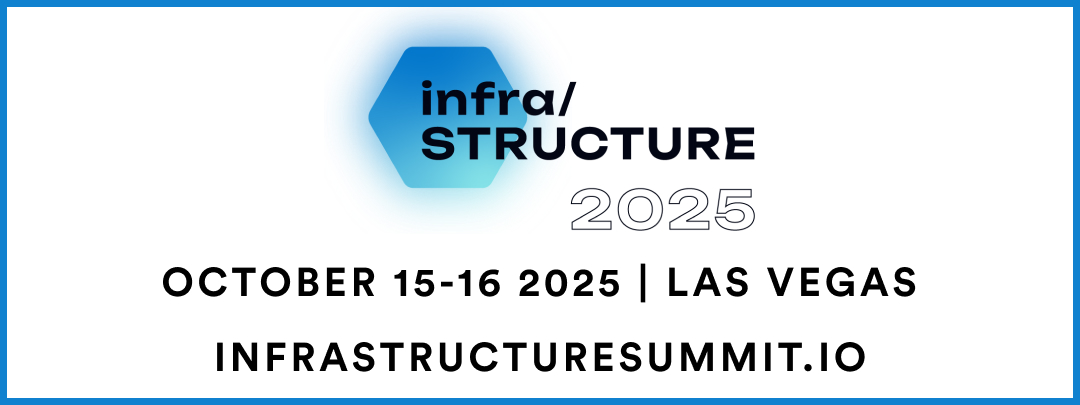WSS: Investments in Internet infrastructure spanning global markets, with both AI and hyperscale driving
With the annual PTC event kicking off this week, and a flurry of operating companies hosting SKOs, the sector is clearly kicking into gear and shaking off the doldrums of the holiday season.
The sector is poised for a big year and there has been no slowing to the influx of capital targeting the sector and the global ambitions of that capital. GDS in Hong Kong set up GDS International in Singapore to target markets outside China. Initially, this involved just Malaysia and Indonesia in Southeast Asia. GDS has now moved to target Europe, and raised more capital, while officially spinning out the business and re-branding as DayOne. A significant portion of the capital influx is coming from outside the sector, with real estate and energy being the most common industries crossing over into data centres and hyperscale. DAMAC Group in the UAE established EDGNEX Data Centers in the last several years. and has acquired land and is pursuing builds in Southeast Asia, the Middle East and Europe. It is now targeting the United States, and announced plans to invest up to $20b. The numbers being thrown around by some of these newer entrants need to be taken with a grain of salt. They signal intent, ambition and possession of resources and assets. They do not confirm operating expertise and experience, customers and track records. This can and will come for some, but not for all. And the path forward for many will be partnerships and joint ventures, which continue to pop up across the sector on a global basis and across infrastructure categories.
DAMAC and GDS/DayOne have focused in on APAC for good reason. There is significant growth happening, with long-term upside, and AI is starting to emerge in the region. In the past few weeks, we saw Digital Realty win business in Tokyo, Japan for AI, while Thailand’s SIAM.AI is expanding its cloud infrastructure portfolio and evaluating and taking down colocation capacity to support it. As this is happening, the hyperscalers of course, are showing no signs of slowing down. AWS officially launched its cloud infrastructure region in Bangkok and Microsoft confirmed plans to invest another $3b in India for data centres and cloud and IT skills training. Meanwhile, other operating companies are raising capital to fund growth and expansion. STT GDC raised more resources late last year and just topped off its data centre development in Manila, while Digital Edge raised $1.6b to serve ongoing demand from across the region.
The rise of AI is also driving developments in mature markets to places not previously thought of as data centre locales. A significant data centre campus development has been undertaken by Applied Digital in North Dakota, aiming to serve AI and hyperscale workloads, and it saw the on-site substation energized, while also securing funding to support its ongoing efforts (we will have details on that next week).
APAC is also the venue where geopolitics plays out and this can and does impact Internet infrastructure. With a new administration in the US coming in there will be close attention being paid to how chips and intellectual property is handled. The outgoing administration has made it clear that restrictions on exports to its rivals like China is a preferred course of action. There is also the issue of TikTok and its ability to operate in the US without a new ownership structure. These are areas that will merit close attention and shuttering of services. which may be enforced, will clearly impact infrastructure consumption. While geopolitics was not necessarily the only driver, and there were some important operational considerations, Akamai decided to go the partner path and exit the CDN business in China.
Finally, the past week saw more expansion from hyperscalers, with AWS very active. AWS continues to expand its footprint in the US and is putting more capital into Ohio to support infrastructure growth, while also investing $11b to start building big in Georgia. Georgia is a relatively newer location for AWS and it is clear that further decentralization of its US footprint, along with the need for large capacity in places like the US Midwest (AWS is also starting to build big in Indiana) where this is feasible, will continue to be on the roadmap.
or



